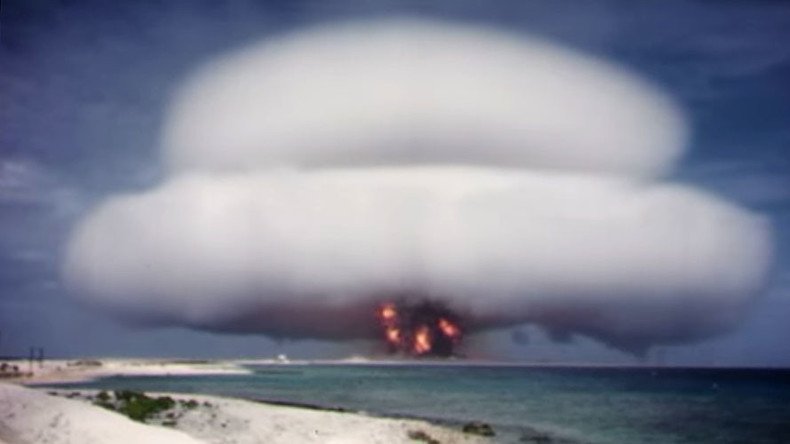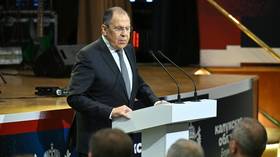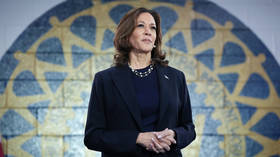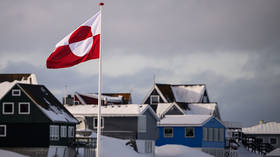View of Armageddon: US government declassifies early nuclear test footage
The US government has declassified 750 video recordings from 210 atmospheric nuclear tests that were conducted in the United States between 1945 and 1962. Some of the footage, while truly impressive, will make you run for cover.
Each of the nuclear tests conducted by the US government from the start of the nuclear arms race up to the Cuban missile crisis of 1962 was captured by multiple cameras from multiple angles. Documenting each explosion at around 2,400 frames per second, the government made around 10,000 of these films.
After five years of work, the Lawrence Livermore National Laboratory (LLNL), led by physicist Greg Spriggs, managed to digitalize and declassify some of these archival films.
“The goals are to preserve the films’ content before it’s lost forever, and provide better data to the post-testing-era scientists who use computer codes to help certify that the aging US nuclear deterrent remains safe, secure and effective,” LLNL said in a press release.
So far, the LLNL team has managed to locate around 6,500 of the estimated 10,000 films created during the period. Out of that number, around 4,200 films have been scanned, while around 750 have been declassified. The declassified footage has been published on the Lawrence Livermore National Laboratory’s YouTube channel.
“One of the payoffs of this project is that we’re now getting very consistent answers,” Spriggs said. “We’ve also discovered new things about these detonations that have never been seen before. New correlations are now being used by the nuclear forensics community, for example.”
The team working on the project estimates that it will take another two years to scan the rest of the films. Spriggs hopes that the Armageddon footage will dissuade nations from ever using their nuclear arsenal.
“It’s just unbelievable how much energy’s released,” Spriggs said. “We hope that we would never have to use a nuclear weapon ever again. I think that if we capture the history of this and show what the force of these weapons are and how much devastation they can wreak, then maybe people will be reluctant to use them.”














